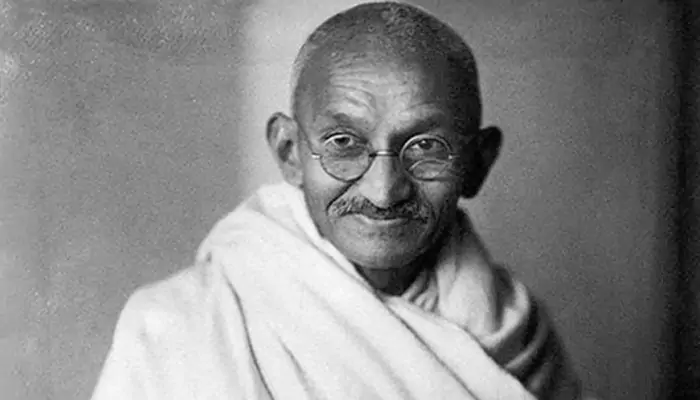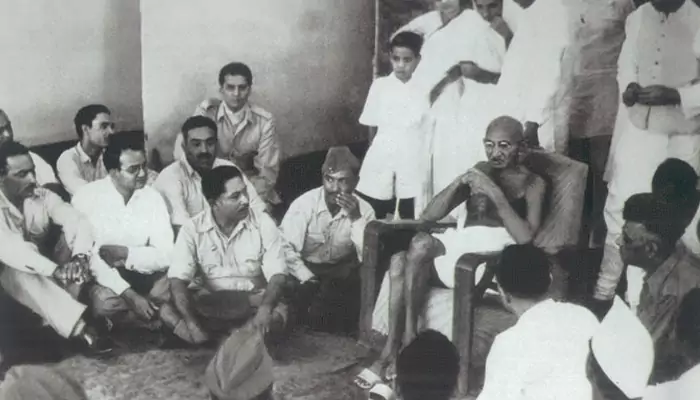Sardar Vallabhbhai Patel's Death Anniversary: How He Integrated 562 Princely States After India's Independence
- Sayan Paul
- 1 year ago
- 5 minutes read

India would have looked vastly different today had it not been for Sardar Vallabhbhai Patel's vision and strategies.
When India gained its independence from British colonial rule in 1947, it wasn't really a "happily ever after" story as there were lots of socio-political issues to settle. Among them was the challenge of the unification of the country. As per the Indian Independence Act, 1947, the 562 princely states (consisting of approximately 48% area of the pre-independent India) were given the option of joining either India or Pakistan or remaining independent. Jawaharlal Nehru, the first Prime Minister of Independent India, recognized the need for integrating all these states into the country. And that task was given to Sardar Vallabhbhai Patel, the first Home Minister of India.

Sardar Vallabhbhai Patel – The Iron Man of India
Born on October 31, 1875, Sardar Vallabhbhai Patel is regarded as one of the most important figures in our modern history. Hailed as the Iron Man of India, he was, as Girija Shankar Bajpai put it, "A great patriot, a great administrator, and a great man - all three, a rare combination in any historic epoch and in any country". And inarguably his greatest contribution was the political integration of the country.
Sardar Vallabhbhai Patel, known as the Iron Man of India, served as the first Deputy PM of Independent India & later as the Home Minister. He was one of the most prolific Congress leaders & instilled a sense of duty in every generation that has preceded him. We honor him today. pic.twitter.com/qlM9Z6S3YV
— Congress (@INCIndia) December 15, 2019
(Credit: Congress)
To mark Patel's 74th death anniversary today, let's travel down history and learn how he made the impossible possible.
First, Why It Was Important
Prior to its independence, India (called the Indian Empire at that time) had two territories: one was British India, while the other consisted of the princely states which had subsidiary alliances with the British. In 1920, Mahatma Gandhi (on behalf of the Indian National Congress) declared that attaining full independence for Indians was their goal, and they would not intervene in the internal affairs of the princely states.
However, Nehru understood that India would become a fragmented nation if the princely states remained independent. In his presidential address at the Lahore session in 1929, he said: "The Indian states cannot live apart from the rest of India", adding he was "no believer in kings or princes" and that "the only people who have the right to determine the future of the States must be the people of these States. This Congress which claims self-determination cannot deny it to the people of the states".

Jawaharlal Nehru addressing a meeting of a committee of the Constituent Assembly, New Delhi. Rajendra Prasad and Vallabhbhai Patel among others are seated.
After the Indian Independence Act was implemented, Nehru declared that independent India "would not accept the divine right of kings", adding any princely state which refused to join the Constituent Assembly would be seen as an enemy state.
How Sardar Vallabhbhai Patel Integrated The Princely States
While Nehru gave an open warning to the princely states, Patel took a diplomatic approach for the same. He laid out the framework, while V.P. Menon (the then Constitutional Adviser to Lord Mountbatten and later, the secretary of the Ministry of the States) helped him with the groundwork.
Firstly, Patel reached out to all the rulers and convinced them to join India. For that, he did everything from invoking a sense of patriotism in them to making them realize the consequences if they refused. As historian Ramachandra Guha wrote in his book, 'India after Gandhi', "Through the spring of 1947, Patel threw a series of lunch parties, where he urged his princely guests to help the Congress in framing a new constitution of India."

Most of the rulers were ready to accede to India, however, many of them were unsure about what they would lose in that. And that's where Patel came up with his strategies and negotiations. He drafted an "instrument of accession", allowing the states to join India under specific terms. He also introduced the idea of ‘privy purses', a payment made to the ruling families of the states as part of their agreements (ending their ruling rights). And he along with his team curated an administrative machinery for the process.

By India's Independence on August 15, 1947, almost all the princely states were integrated into India. However, several resisted as well, including Hyderabad, Jodhpur, and Jammu-Kashmir.
The Final Phase - Integrating Hyderabad, Jodhpur, & Other Reluctant States
Osman Ali Khan, Asaf Jah VII, the last Nizam of Hyderabad state, chose independence and signed a standstill agreement with the Dominion of India - continuing all previous arrangements except for the stationing of Indian troops in the state. Nehru felt an independent Hyderabad would pose a security threat to India due to its strategic location. When all of Patel's diplomacy failed, the government of India launched a military operation named "Operation Polo" and annexed it in September 1948.

On September 17, 1948, the Nizam (right) surrendered to the Indian government.
Maharaja Hanvant Singh ascended the throne of Jodhpur in June 1947 and decided to accede to Pakistan (as his state shared cultural similarities with Pakistan). Now it was a border state and also the third-largest princely state - and hence Patel met Hanvant Singh and tried to convince him to join India. After all his negotiations failed, he told the king that if there was any communal riot in his state after joining Pakistan, India would not come to help. Given the disastrous Punjab and Bengal riots had already happened, the Maharaja realized that his best interest would be agreeing with Patel.

Statue of Unity - a 597-feet statue of Sardar Patel
Similarly, states such as Junagadh, Manipur, and Jammu-Kashmir were also eventually integrated into India - all thanks to Patel's unmatched vision and diplomacy.












